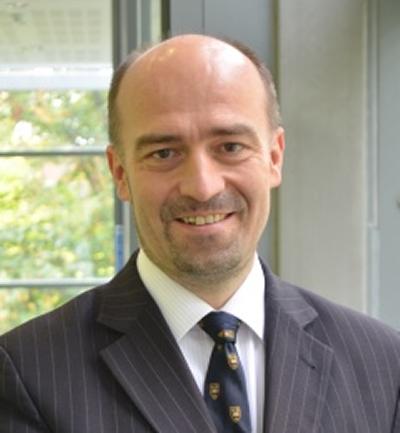Aspects of Career Development and Information Management Policies at the Bank of Japan – a Frank Interview with a Former Central Banker
The use of eyewitness accounts to establish institutional details is common practice in many disciplines of the social sciences. While Adam Smith claims to draw on his experience of having visited a pin factory to describe the benefits of the division of labor, much of the discipline of economics has been beholden to the deductivist research methodology, which places little emphasis on the gathering and analysis of empirical data in the formulation of economic theories. However, there is a long history of inductivist economics, especially in continental Europe. Moreover, leading economists in the United States have recently stepped up their efforts to engage in fieldwork.’ In area studies, where country-specific features need to be explored, the concept of fieldwork is naturally far more widespread, such as in the context of an examination of Japanese economic institutions. Examples for the use of interviews in research on the Japanese economy include the interview with Miyohei Shinohara in Amsden (2001), or the extensive use of interviews to establish details of monetary policy implementation during the 1980s and early 1990s in Richard Werner (1999, 2002, 2003). The present paper adds to this growing strand of literature by contributing a frank interview with a former senior Japanese central bank official.

